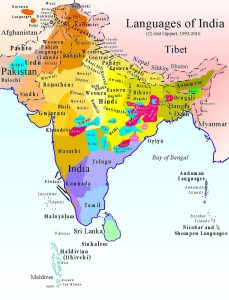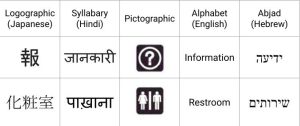Module 10: Language
 Description: How do humans acquire and use language? This module explores the relationship between language and thought, examining how language shapes our understanding of reality and enables complex communication. We investigate the unique properties of human language and consider whether other species truly use language.
Description: How do humans acquire and use language? This module explores the relationship between language and thought, examining how language shapes our understanding of reality and enables complex communication. We investigate the unique properties of human language and consider whether other species truly use language.
Why This Module is Important: Understanding language processes is crucial for counseling practice. Therapists use this knowledge to analyze clients’ language patterns, recognize how language shapes thought and emotion, and help clients develop more adaptive self-talk. This understanding helps counselors work effectively with multilingual clients and recognize how language barriers might affect therapy. Beyond counseling, these principles guide language education, inform cross-cultural communication training, and help AI developers create more natural language processing systems. This knowledge helps you understand how language shapes thought and communication.

Module Learning Objectives: By the end of this module students will be able to…
- MLO1: Compare human language with animal communication systems and analyze what makes human language unique. (CLO1, CLO2, ULO5, APA1, APA2)
- MLO2: Evaluate the relationship between language and thought, including how language shapes cognition. (CLO2, CLO4, ULO5, APA2, APA4)
- MLO3: Analyze language acquisition processes and assess theories of universal grammar. (CLO1, CLO3, ULO5, APA1, APA4)
Test Yourself: If you truly “know” this material then you will be able to…
- Analyze how language capabilities provided evolutionary advantages in human cognitive development. (MLO1)
- Evaluate the psychological and social functions of taboo language across different cultures. (MLO2)
- Apply theories of universal grammar to explain patterns in language acquisition and development. (MLO3)
Media Attributions
- Languages of India by Blaada, Public domain image
- Writing Systems Comparison by Eden Aviv, Public domain image
